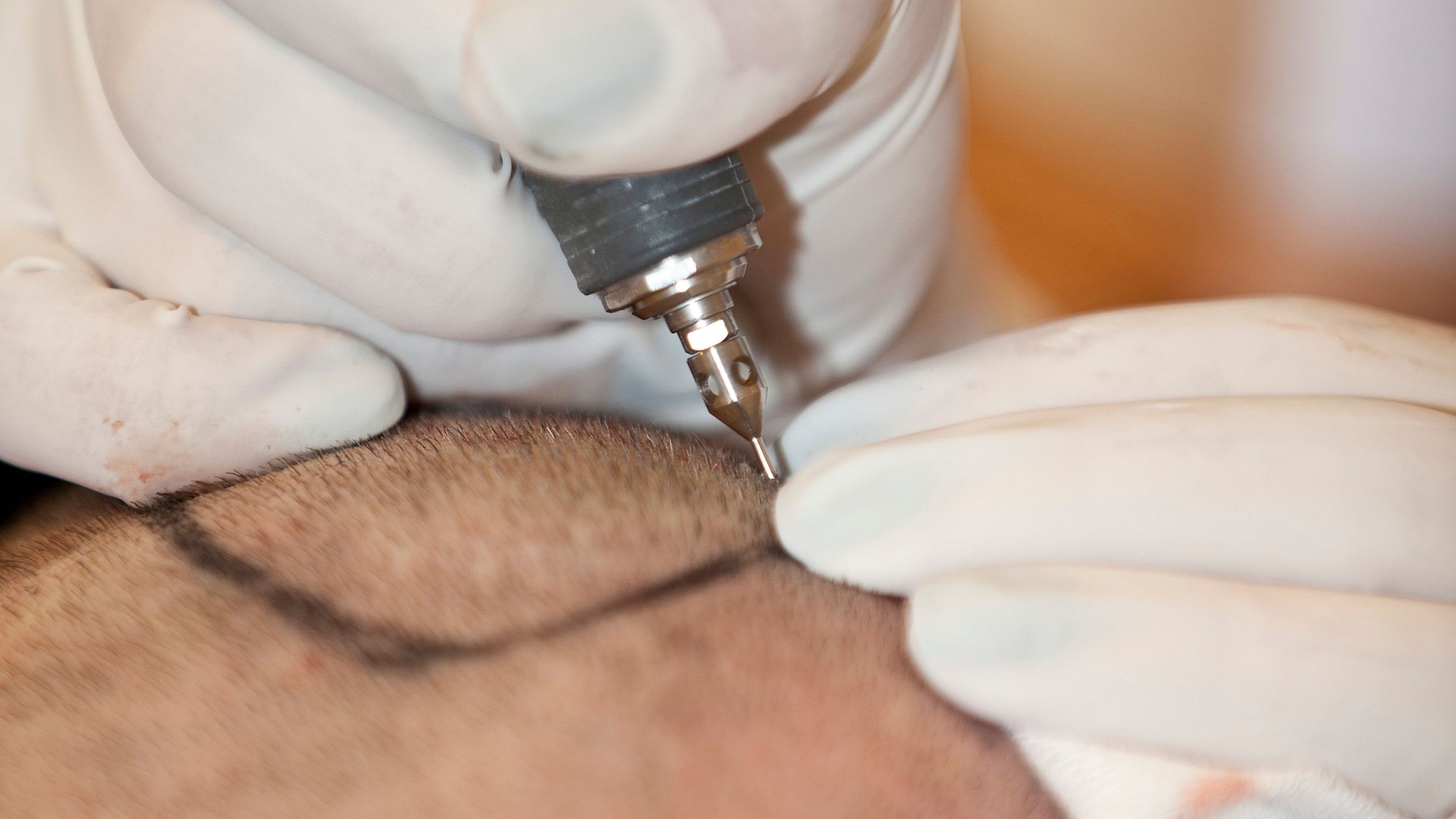What is postpartum hair loss?
Postpartum hair loss is the phenomenon where your body sheds a lot more hair than usual after a few months of childbirth. It’s caused by hormone changes that occur during and after pregnancy. To understand more about this condition, it is essential to understand the hair growth cycle.
Most of you would know that hair grows from small pores on your skin. These pores are commonly known as follicles. Now, your hair constantly comes out of these follicles and sheds, creating a cycle. This cycle can be divided into three phases:
- Anagen: This is the phase of active hair growth that lasts anywhere between two to six years. Around 90 percent of your hair is grown during this phase.
- Catagen: In this phase, hair follicles shrink. It is usually a short and transitional phase.
- Telogen: This is the resting phase. It lasts for around 2-3 months. In this, the follicle releases the hair, which then falls out.
Pregnancy hormones cause many hairs in the anagen phase to the telogen phase. As a result, after a few months, you end up losing all that hair. At a normal time, you have 80,000 to 120,000 hairs on your scalp and lose around 100 hairs per day. However, during postpartum, you lose a lot more than 100 hairs.
Tips for relief from postpartum hair loss
Unfortunately, there’s no way to prevent postpartum hair loss or even treat it. The good thing is this condition is not permanent, and you will slowly regain your older volume of hair after a few months. But the below tips can help your hair feel fuller and not exacerbate the condition:
Use a volumizing shampoo
Volumizing shampoos can help create the illusion of fuller, thicker hair. These shampoos often contain proteins that coat the hair strands. It will give them a temporary boost in thickness and volume. Look for products specifically designed to lift the roots and add volume. They can make thinning hair appear fuller. At the same time, avoid condition shampoos. While these shampoos can provide extra moisture, their heavy ingredients can make your hair appear limp and flat.
Opt for conditioners made for fine hair
Conditioners specifically formulated for fine hair can add the necessary moisture without dragging the hair down. These lighter formulas will help you maintain a healthy shine. At the same time, you can get the necessary softness without compromising the appearance of volume. Ultimately, your hair will be manageable and look full. Avoid Intensive conditioners that can pull down already thinning hair. It will make it look limp.
Try hairstyles that disguise thinning areas
Try experimenting with different hairstyles to mask areas where hair loss is more noticeable. Popular options include loose, messy buns, soft waves, and side parts. Such hairstyles can add the illusion of volume. However, do not overdo it. More importantly, avoid hairstyles that place tension on your scalp. Tight ponytails or braids can exacerbate hair shedding by pulling at your already fragile hair strands.
Eat a well-balanced diet for overall hair health
A nutritious diet is highly beneficial for postpartum recovery. Interestingly, it can also help your hair. Unfortunately, there isn’t much research on the direct impact of diet on postpartum hair loss. However, vitamins and minerals such as zinc and folic acid are known to support healthy hair growth. Eating such nutrients through fruits, vegetables, whole grains, and lean proteins can help replenish your body’s nutrient stores. This will ultimately reduce excessive hair shedding.
Be gentle with your hair
Treat your hair delicately during this period. This is important to prevent unnecessary breakage. Avoid excessive heat styling tools. They can weaken the hair shaft. Similarly, minimize the use of harsh chemicals from dyes. They can further damage fragile strands. Also, avoid aggressively brushing your hair. Instead, use a wide-toothed comb and gently detangle your hair when it’s damp. This will reduce strain on thinning hair.
Conclusion
And those are some handy tips to reduce the appearance of postpartum hair loss. However, if you’re experiencing chronic hair loss for six months or longer, consult a hair specialist or dermatologist. They will investigate other causes, such as a protein or nutrient deficiency or a thyroid disorder, and guide you through the best solutions. If you are in Bangalore or its vicinity, you can visit Dr. Renu’s clinic to treat postpartum hair loss. Book an appointment with her now.












